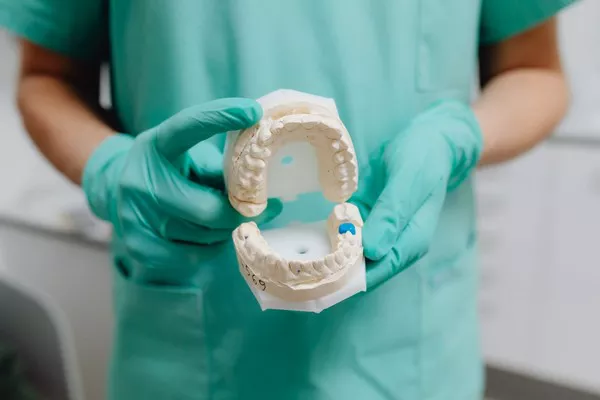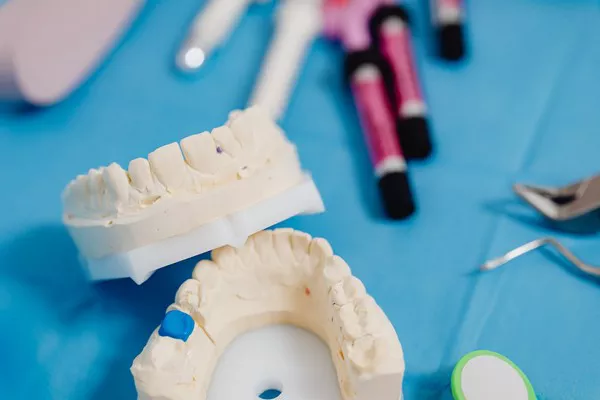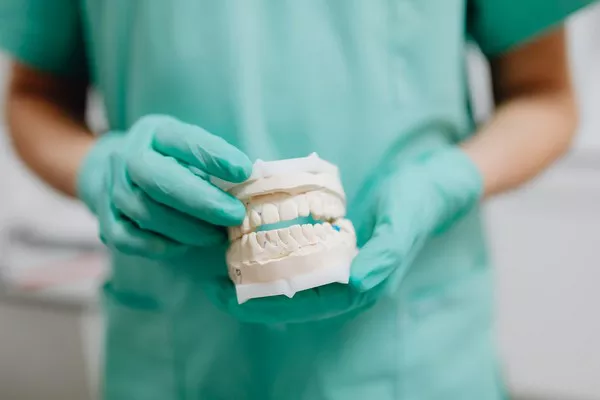Some people dote on their dentures after they are inlaid. Washing them every day is not considered, but they are also soaked in boiling water and sometimes wiped with alcohol to disinfect them. As a result, cracks appear in the dentures within a month.
Some people just on the contrary, think that anyway is a false tooth, rotten and then insert a false, real teeth are different, rotten one less one, so only pay attention to the protection of the remaining real teeth, the other casually cope with.
Neither is true.
The true AND false after INSET tooth IS TOOTH, SHOULD TREAT them EQUALLY, take good care of them WITH CORRECT method.
First, how to treat the remaining real teeth.
Those who have movable dentures remove them first, and then use tools such as toothbrush, dental floss, toothpick, toothpaste, and toothpowder to clean them, just like ordinary people.
If only a few real teeth are left, more attention should be paid to the health maintenance of the remaining real teeth.
Because the remaining real teeth are essential for the stability and function of dentures.
Those with fixed dentures should pay special attention to the hygiene of abutments (the real teeth that support the dentures), especially the edge of the dentures.
The second is the cleaning of dentures.
There are two main types of cleaning methods: mechanical and chemical.
Mechanical methods include brushing with toothbrush, toothpaste and tooth powder, or ultrasonic washing.
Chemical methods include washing liquid, disinfectant and enzyme products of various commodities.
Patients with removable dentures can remove their dentures for cleaning. Remove and clean them after each meal. Do not sleep with dentures on.
In the evening before going to bed should take off the denture to brush your teeth again, and the denture brush clean, soak in cold water, can not use hot water soak, can not use alcohol scrub, soak in hot water can make denture deformation, with alcohol scrub can make denture crack.
Pay attention to tooth extraction, upper teeth and brushing, do not force too hard to avoid the breakage of the denture ring, deformation.
And the denture should not be washed with a hard brush to avoid damage to the surface structure.
You can use disinfectant to disinfect dentures.
For example: use “woodpecker disinfectant generator” stock solution diluted 1:30 to put the dentures into the invasion bubble or gargle, can eliminate the accumulation of tartar in the teeth, tooth surface, reduce plaque attachment, make teeth white, is conducive to maintain oral hygiene and maintain the appearance of dentures, especially the color of the front teeth will be more realistic.
At the same time, it can clean and disinfect the oral cavity, and even has a certain prevention and treatment effect on chronic laryngitis, tonsillitis or other infectious oral inflammation, killing three birds with one stone.
The hygienic maintenance of fixed dentures is relatively simple. Cleaning tools such as toothbrush, dental floss and toothpick are mainly used to remove impurities on the surface and edge of dentures and reduce plaque attachment.
The dentures made of polymer materials or porcelain should not chew hard things or stick to food, so as to avoid damage or fall off.
In addition, false teeth after wearing appropriate, the average person would think that it’s not a problem, can put down for a long time, this idea is wrong, because in the long run, oral tissues will occur some changes, not only is false teeth will also appear problem, and these problems, because the patient is adapted for denture, but once I’m not well, problem may be more serious,
So as to affect the health of the real teeth in the mouth or the effect of refitting.
After wearing denture so, the hospital should be checked regularly.
Generally SPEAKING, half a year to a year should be examined, in order to ensure the use of denture effect and oral tissue health.
There will be discomfort for some time when the full mouth braces are first worn: it takes about one to two months to get used to the process.
In chewing food should be from soft to hard, in slow to fast, from less to more gradually adapt, can not be too hasty, so as to avoid mucosal damage, to speed but not up to.





























